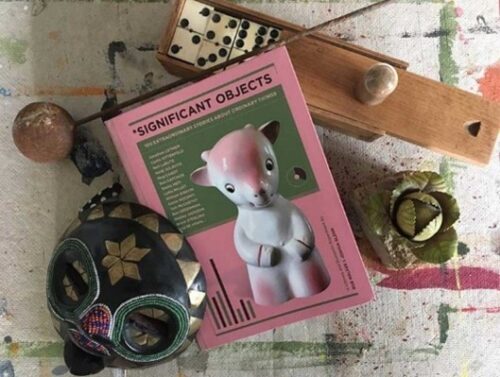Blog
Newsworthy Narratives: A Former Journalist’s PR Playbook
When I was a reporter, I used to call people in public relations flacks. Now that I am in PR, I refer to them as storytellers. The transition has been quite a journey. With insights from my colleagues, this series will offer tips, anecdotes and best practices from someone who has seen the world of PR from both sides. For our first topic in this new series, we want to talk about our favorite subject: Storytelling. (To be honest, there will probably be a lot about storytelling…it is our specialty after all).
Why storytelling is a powerful tool
“If I was down to the last dollar of my marketing budget, I’d spend it on PR!” – Bill Gates
Everyone has a story to tell, but not everyone knows how to tell it. As a result, business communication runs the risk of sounding like self-aggrandizing fluff and merely contributes to the noise instead of cutting through it. A well-crafted tale, however, can captivate an audience’s attention and leave a lasting impact – helping your brand stand out. It’s your chance to build a relationship with your audience by making an emotional connection. It is an opportunity to let people know that you and your organization are here to help them succeed.
Through storytelling, your message can have a lasting impact on your audience that resonates beyond the article, interview or blog post.
The science of storytelling
Our brains are wired to respond to a good story. According to Harvard Business Review, humans are naturally inclined to respond positively to storytelling because narratives trigger the production of oxytocin, a hormone associated with trust. As the report points out, character-driven narratives consistently increase oxytocin synthesis.
Harvard instructor and author, Carmine Gallo, says that storytelling is a powerful skill handed down over centuries and across languages and cultures. He notes that the “campfire ritual” is an essential part of our human development and that when we share stories, there is something akin to a “mind meld” that can happen between speakers and listeners.
Cutting through the noise
In this digital age, all of us are inundated with a lot of information across multiple platforms. A good story can help you stand out from the crowd and foster an emotional connection that enhances the perceived value of your product or brand. Research shows that storytelling can raise conversion rates by 30%. When you tell your brand’s story effectively, potential customers are not only more likely to pay attention, but they are more likely to take action.
One fascinating case study that highlights the incredible value of storytelling is the Significant Objects Experiment. Writers were asked to invent stories around cheap thrift store trinkets. These items, along with their accompanying narratives, were sold on eBay with great success.

The result: The thrift store items increased in value by more than 2700%.
Leveraging the power of story in PR
When reputable sources discuss your brand, it not only adds credibility but also expands the reach of your message. Reporters are storytellers, and they love a good source who can help them tell a compelling story.
Earned media coverage carries more weight and can help your brand build awareness and credibility in the market. When a journalist wants to interview you, ALWAYS make the time or find someone in your organization who can. As a reliable source, a reporter is more likely to reach out to you again.
By leveraging the power of storytelling, you can cultivate a deeper connection with your audience and reporters, build trust, and ultimately make your brand stand out in a competitive business landscape.
Stay tuned to this series for more tips from a former journalist on how to capture a reporter’s attention and tell your story.
